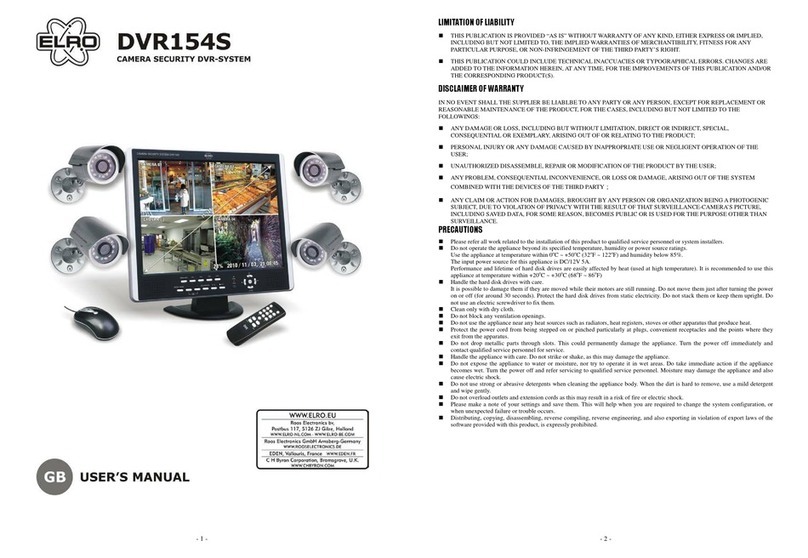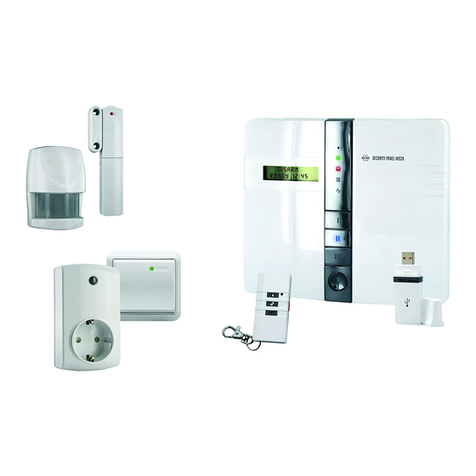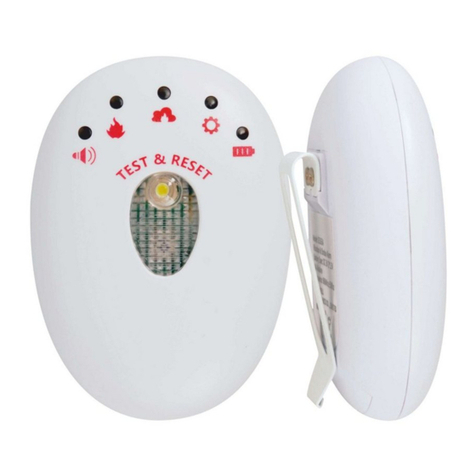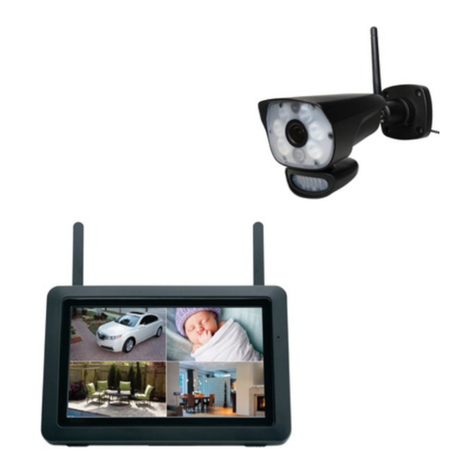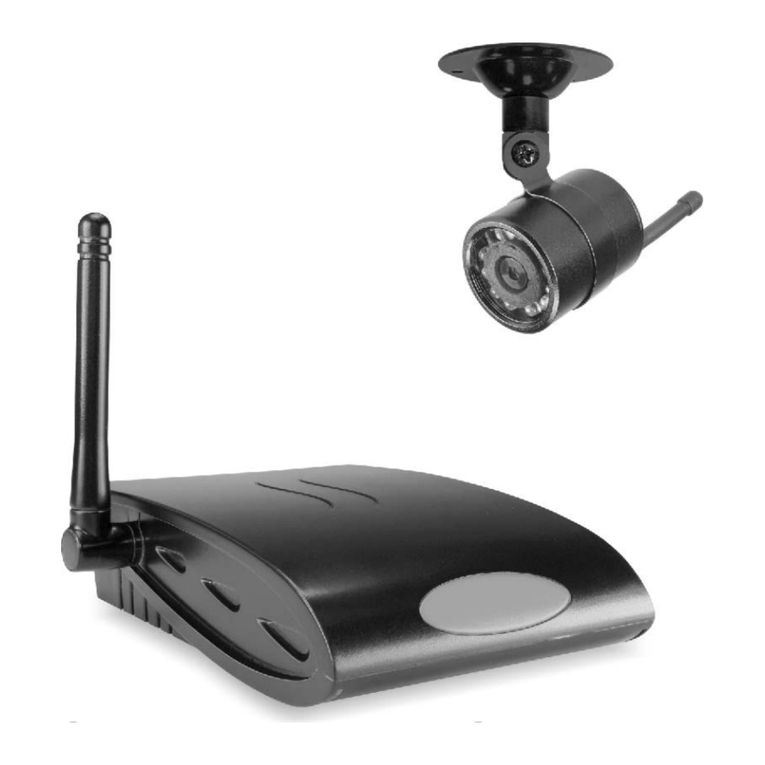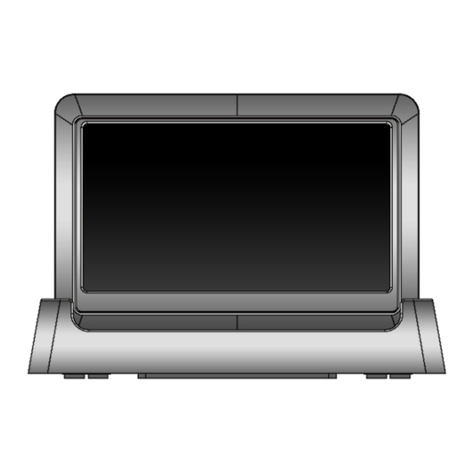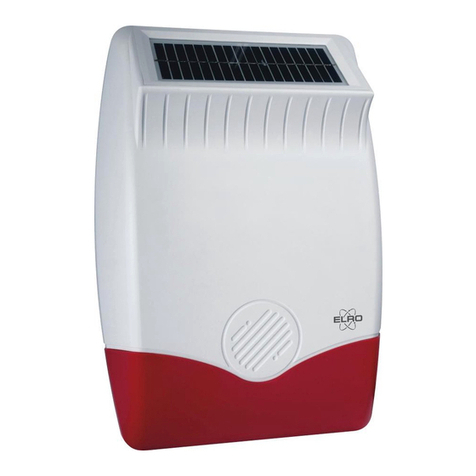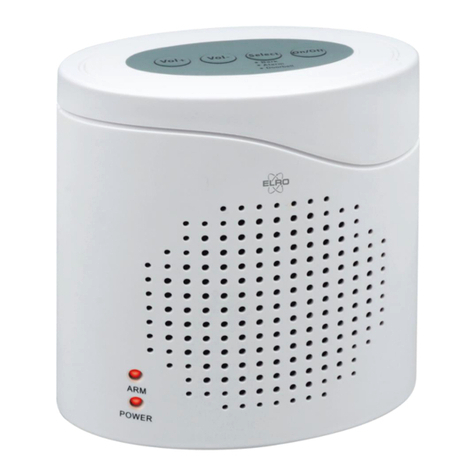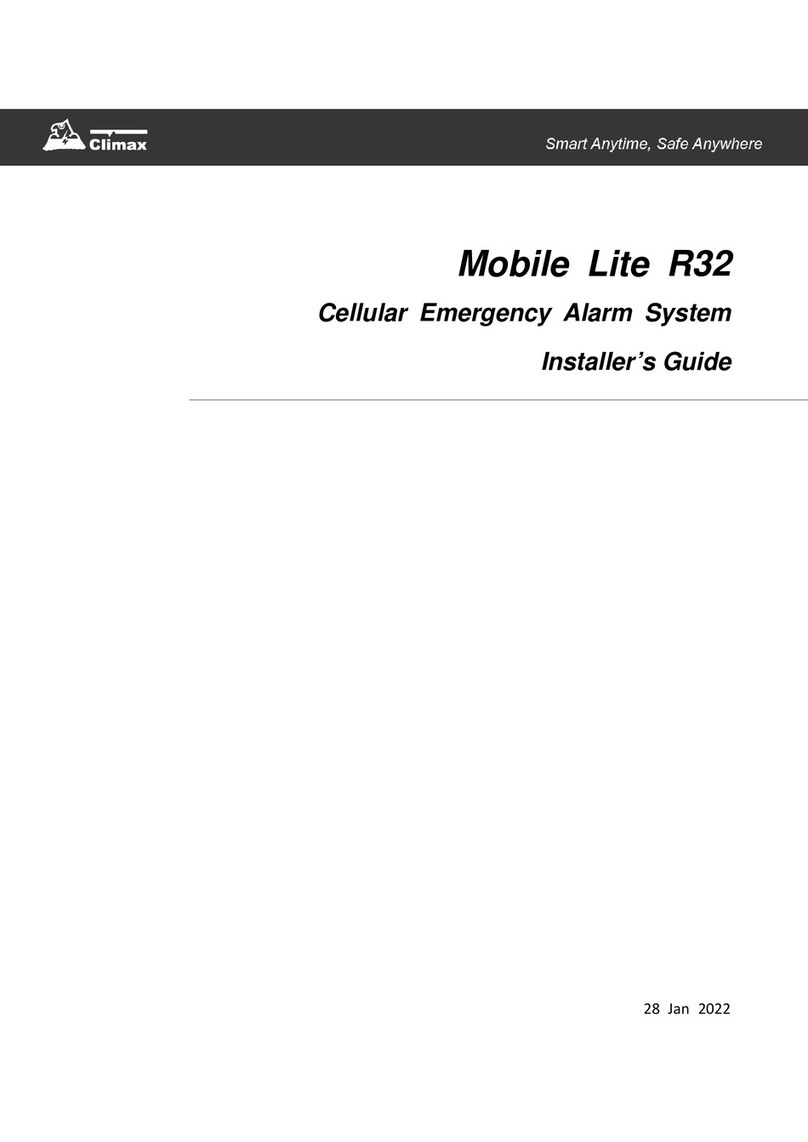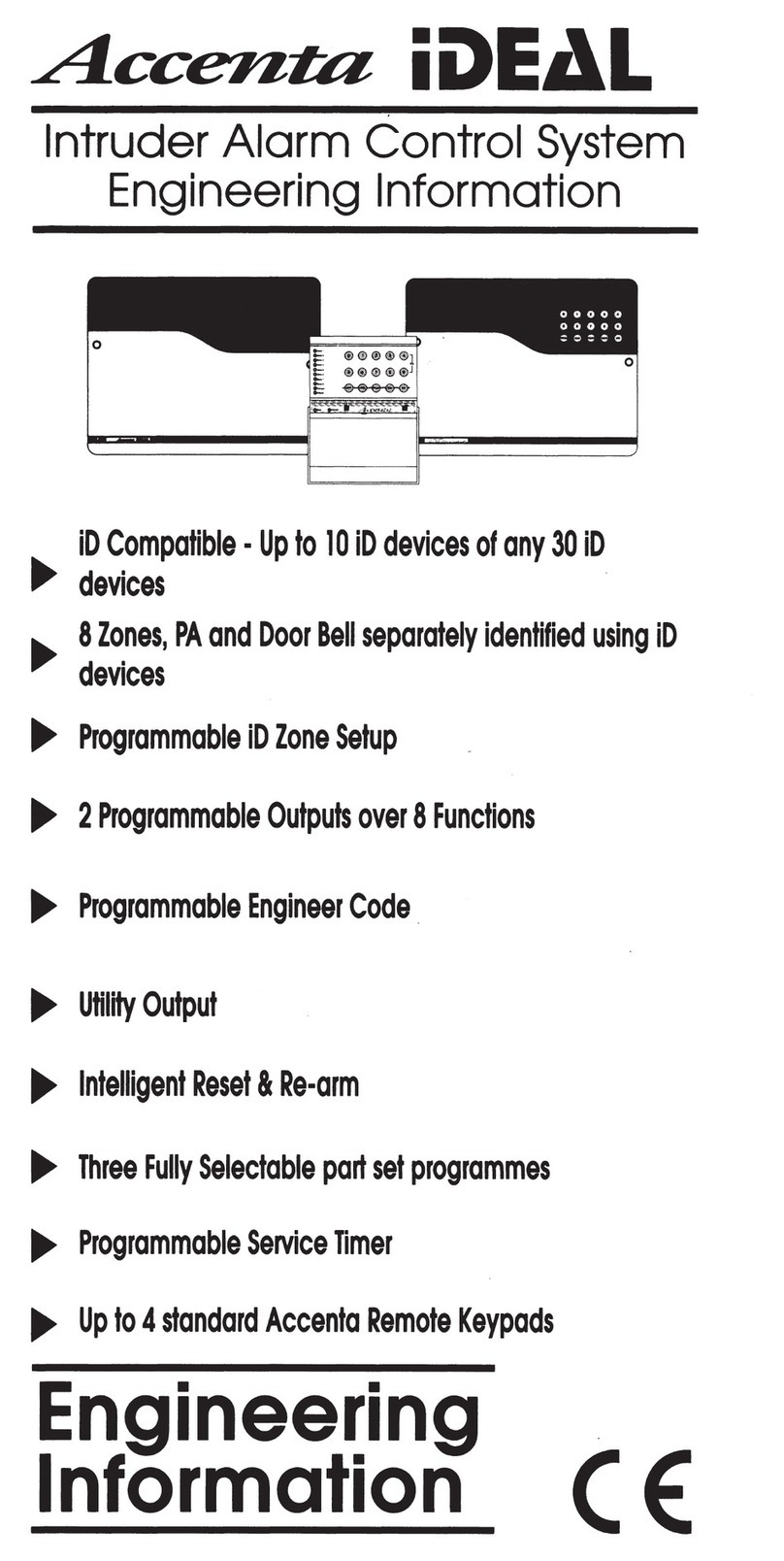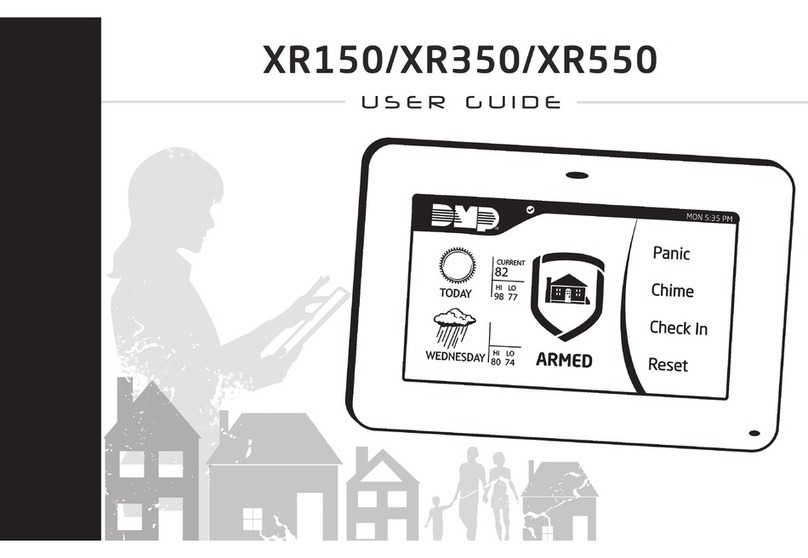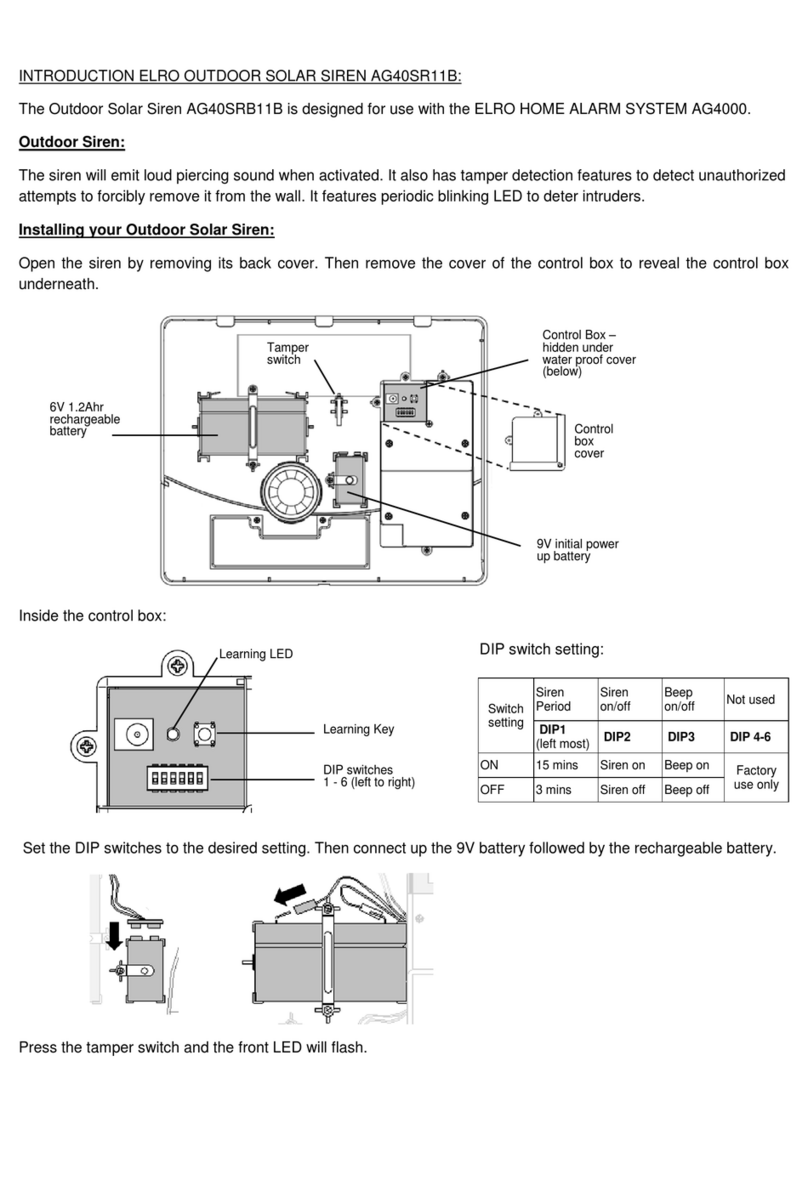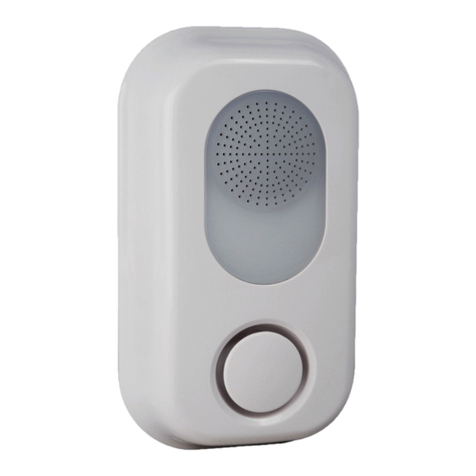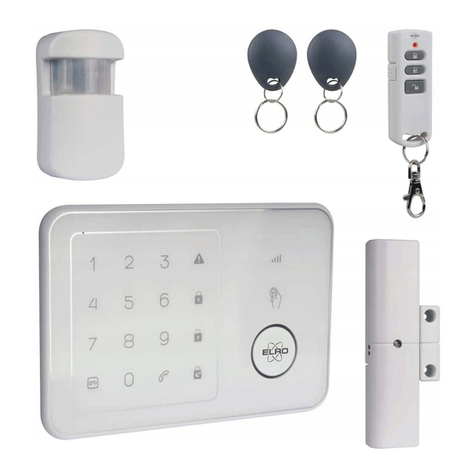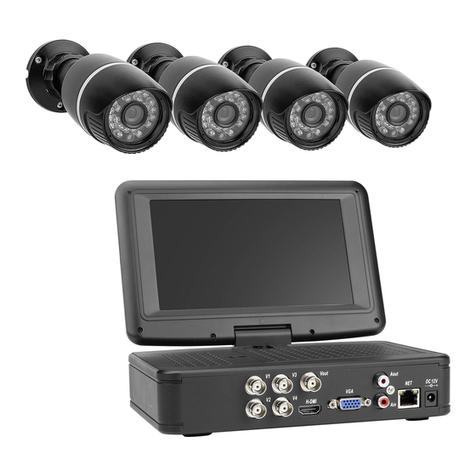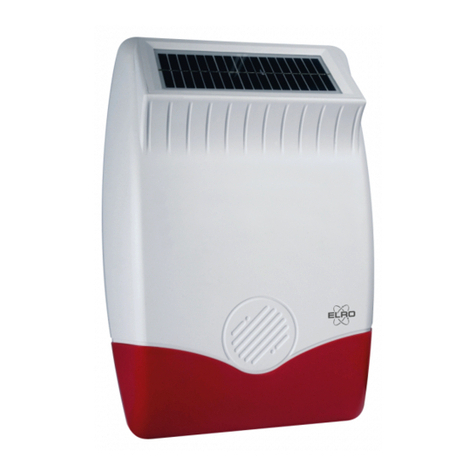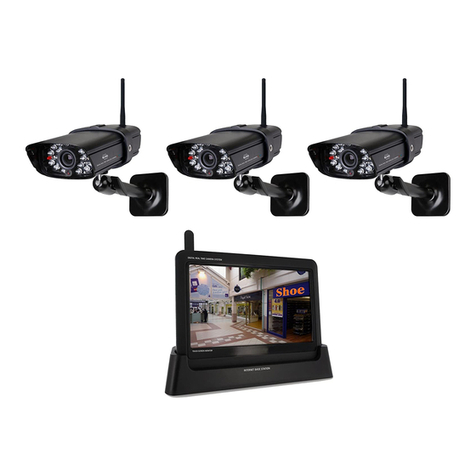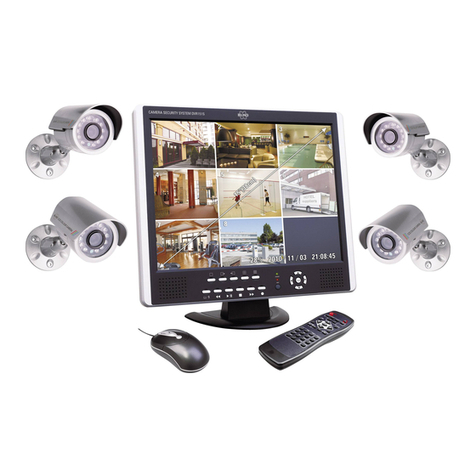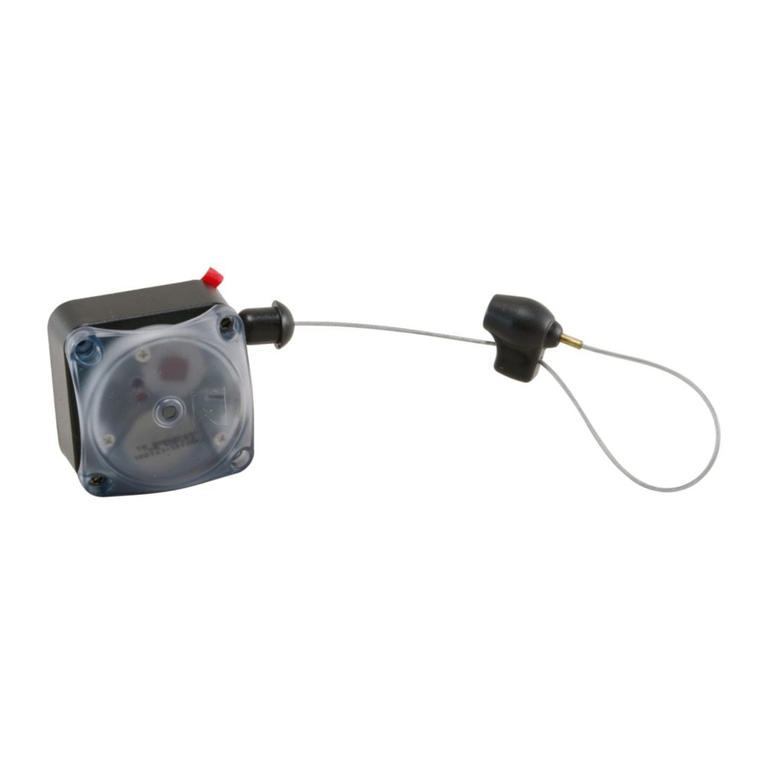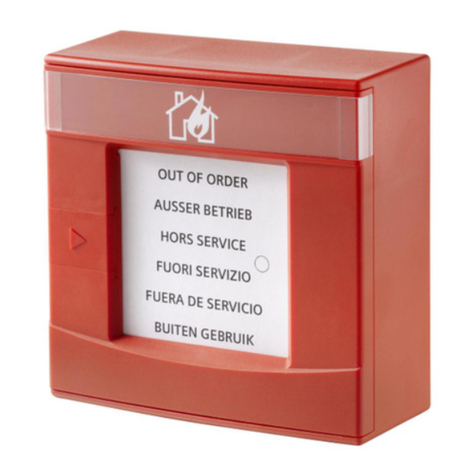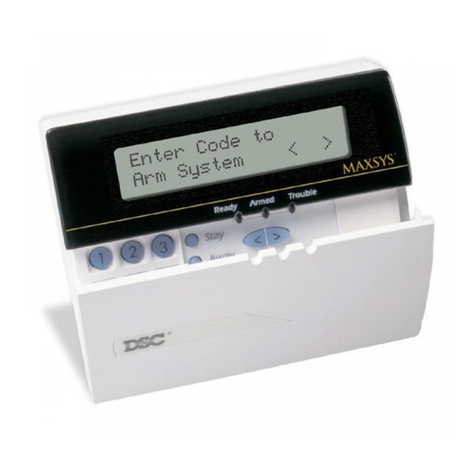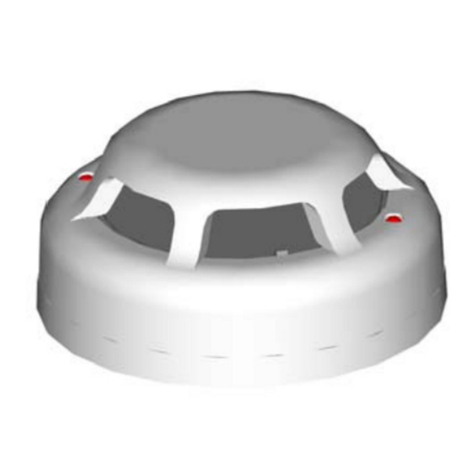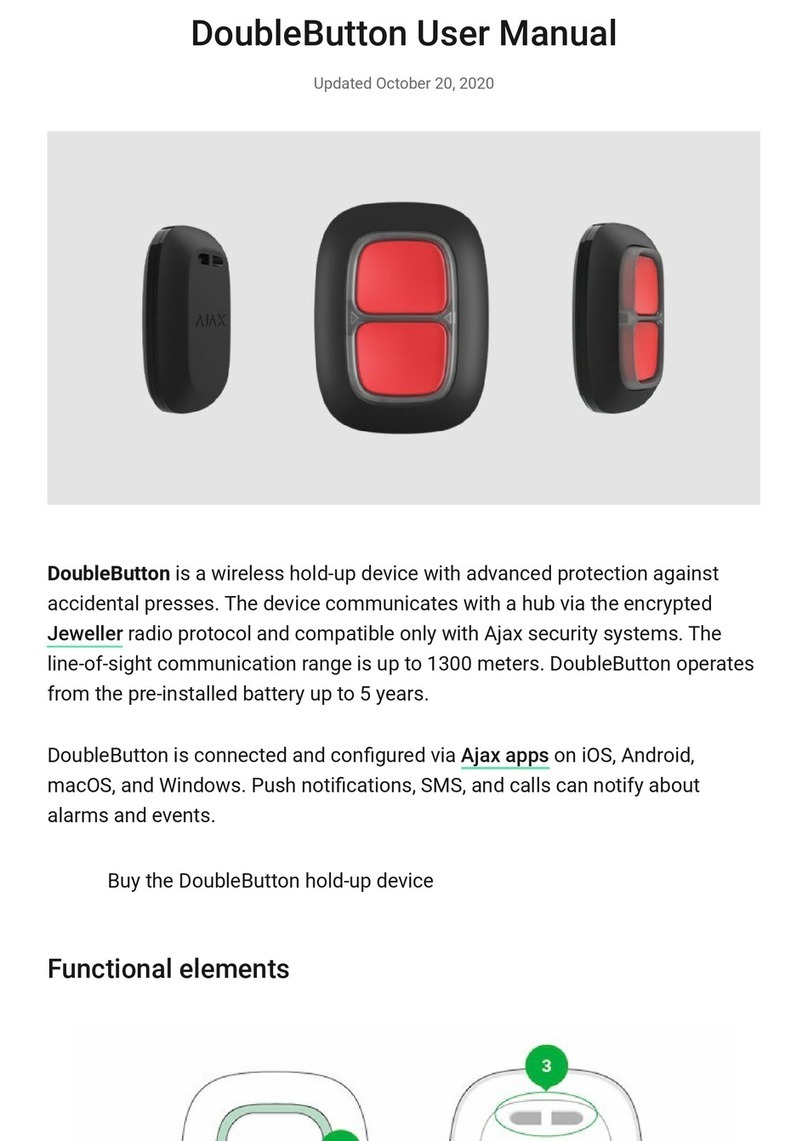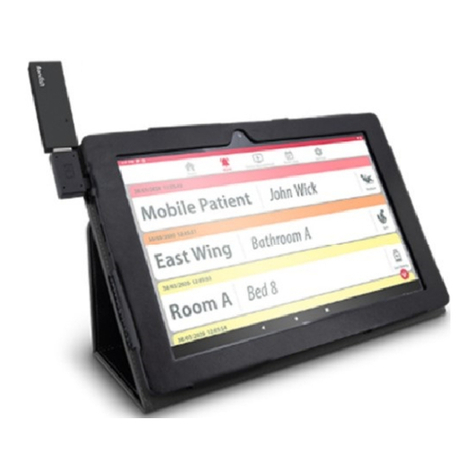- 4 -
What to do if carbon monoxide is detected?
If the carbon monoxide alarm sounds an alarm and has detected carbon monoxide, proceed as
follows:
•Keep calm, open all doors and windows and turn off all combustion appliances.
•If the detector continues to sound the alarm, evacuate the building. Leave all doors and
windows open and do not enter until the alarm has stopped.
•Call the emergency number 112 and follow the instructions of the emergency responders. Seek
medical attention for anyone who may be suffering from the effects of carbon monoxide
poisoning.
•Contact an c utility company. Do not use any combustion appliances until they have been
checked by a qualified person.
Activation and testing
Before using the carbon monoxide alarm, it is
important to activate and test it. Place the
carbon monoxide alarm on the mounting
plate (checklines in position h) and turn it
clockwise UNTIL YOU FEEL A CLICK (to
position i)! The device will now activate and
count down from 60 to 0.
After approximately 60 seconds, the carbon monoxide alarm has fully booted up. Next, check if the
device is functioning properly by pressing and holding the test/mute button for approximately 3
seconds. If the device is working properly, it will beep four times and flash red. If this is not the
case, do not use the device and contact the supplier.
NOTE: The test tone volume is lower than the alarm tone volume. If you want to hear the volume
of the alarm signal, press and hold the test button for about 10 seconds. A few seconds after the
test signal you will hear the alarm signal of > 85 dB (A).
Determining the location
In which room do you place a carbon monoxide detector?
•For optimal protection, place a carbon monoxide detector in the following areas:
-In every room where a combustion appliance is present.
-In every bedroom.
-In every room where a lot of time is spent and where the alarm from other carbon monoxide
alarms may not be audible.
•For minimal protection, place a carbon monoxide detector in the following areas:
-In every room where a combustion appliance is present.
-In the room where you spend most of your time.
-
Where do you install a carbon monoxide detector?
•In rooms containing a combustion appliance, you can install the carbon monoxide detector in
the following location:
-At a horizontal distance of 1-3 meters from the combustion appliance.
